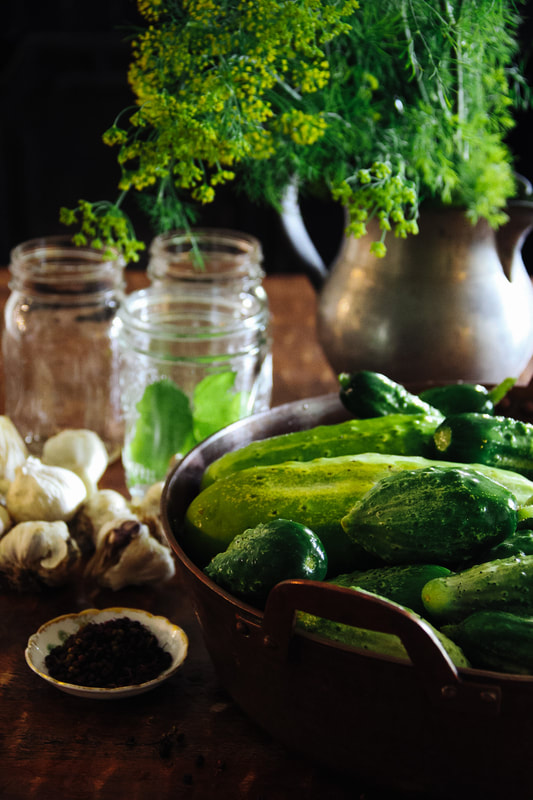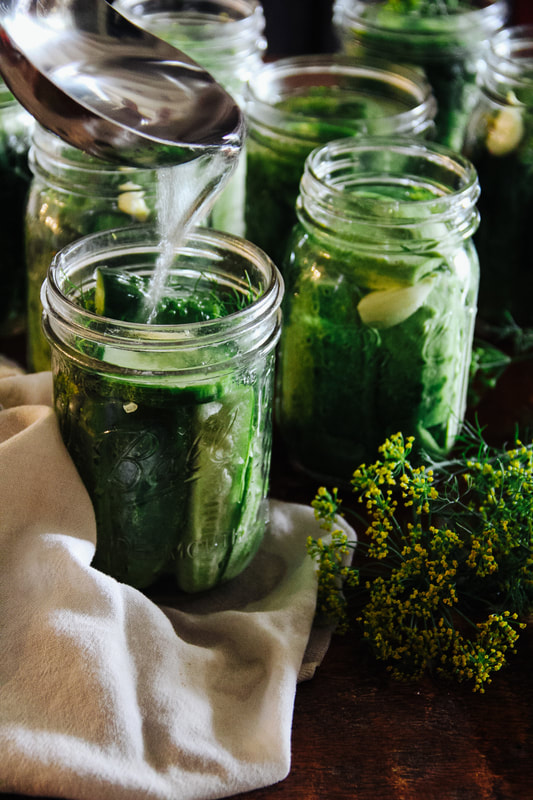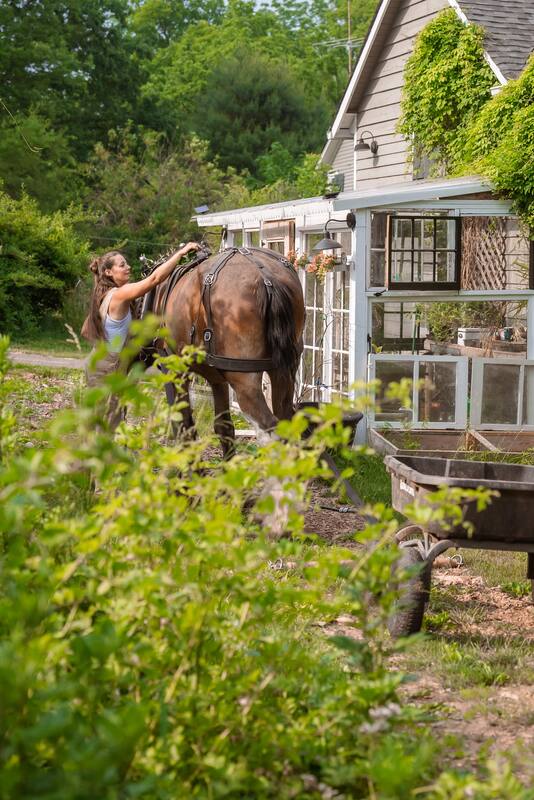|
If you're new to this space, I’m Angela. The best visual I can think of to illustrate what I’m trying to build is a small farm in France called La Ferme du Bec Hellouin. This is what I’m trying to create in central New Jersey: a thriving homestead resilient to climate change using permaculture methods.
I’m not your typical homesteader. I’m using animals and cover crops to restore once-depleted and dead soil. I place great priority on planting perennial crops and overstory trees. I invite wildlife into our farm ecosystem where nature is at the forefront of every decision. And every animal has at least one job that contributes to our ecosystem. As a result we are thriving despite heavy wildfire smoke, flooding, and drought. My homestead was build in 1775, but it’s only been under my direction for about 8 years. Already we have seen an increase in beneficial insects, birds, butterflies and wildlife. All while growing enough food for our family. I hope you’ll stick around. For more information on Le Ferme du Bec Hellouin, please click here. You can also find their book, Miraculous Abundance, here. Cover crops get a lot of hype when it comes to the vegetable garden. But they’re just as important (if not more so) in animal grazing spaces. My pastures are no longer seeded with straight grass—instead I use a mix of hand-selected cover crops.
I researched cover crops that meet the nutritional needs of my animal species while giving back to the soil. Cover crops not only create organic matter and improve soil, they also can attract beneficial insects, suppress weeds, bring up plant available nitrogen, phosphorus, and potassium to plant roots, improve soil compaction, and more. My book, The Sustainable Homestead, has lots of info on cover crops and pasture management. The Rodale Institute is an incredible resource for finding suitable forage crops for your exact species and soil goals. Here's the thing about dill pickles... They can be canned with lots of room for creativity so long as the vinegar to water ratios remain the same. The vinegar is the ingredient that contributes acid to the recipe which is an essential component of safe water bath canning. Water bath canning is the best method for dill pickles for long term shelf storage; while you absolutely could pressure can, the result would be a mushy spear as a result of the high heat. A crunchy spear can still be hard to produce in water bath canning because, after all, we are cooking the spear in boiling water. While some folks like to add pickling granules (calcium chloride) to their canning jars to help maintain a crispy pickle, I go the natural route with grape leaves. Grape leaves contain tannins that naturally contribute to a crisp pickle and we have plenty on-hand from our hobby vineyard. One grape leaf at the bottom of the jar is all that's needed to help keep your pickles crunchy. Angela's kosher dill pickle RECIPEYields 4 pint jars Ingredients 2.5 pounds pickling cucumbers (fresh, washed and free of blemishes) 2.5 cups non-chlorinated water 2.5 cups distilled white vinegar 1/4 cup + 1 teaspoon kosher salt 4 garlic cloves, peeled 4 grape leaves, washed and free of blemishes 12 fresh dill sprigs 2 teaspoons yellow mustard seed, whole 24 black peppercorns Directions Wash the cucumbers. Cut 1/4" off of the blossom end. Quarter or slice the cucumbers in half, lengthwise. Trim to fit the height of the jar while allowing 1/2" headspace. Combine water, vinegar, and kosher salt in a saucepan over medium heat. Bring to a boil and stir to dissolve the salt. Remove from heat. Sterilize the canning jars and prep the lids and rings. Start a large stockpot or canning pot of water on the stove. Bring to a boil. While the water is heating, begin to fill the jars. Place one grape leaf, three sprigs of dill, one garlic clove, 1/2 teaspoon mustard seed, and six peppercorns in each jar. Pack tightly with sliced cucumbers. Repeat until all jars are packed. Pour the vinegar, water and salt brine into each jar, covering the contents. Leave 1/2" of headspace at the top of each jar. Remove air bubbles by running a clean butter knife around the inner perimeter of the jar. Wipe the rim of each jar clean with a dry towel. Add the lid and rim and tighten.
Submerge the jars in the boiling water bath and process for 15 minutes, adjusting for your altitude as needed. You can find altitude adjustments on Ball canning's website. After 15 minutes remove the jars from the water bath and set aside on a folded dish towel on the countertop. Allow to cool. Lids will pop as they seal. After the jars have fully cooled, check the center of each jar lid by pressing with your finger. If the lid fluctuates, reprocess for another 15 minutes. If the lid is firm, the seal is successful. Store in a cool, dark place. Pickles should be consumed within one year. |
Angela is the farmer and content creator behind Axe & Root Homestead® LLC. This historic six-acre permaculture farm is home to two Clydesdale horses, ten honeybee hives, five sheep, two guardian dogs, barn cats and a flock of 40 geese and ducks. The farm produces maple syrup, fruit from a small orchard and loads of garden produce for consumption, preservation and donation to the local food pantry.
The Sustainable Homestead is available NOW!
Categories
All
|



